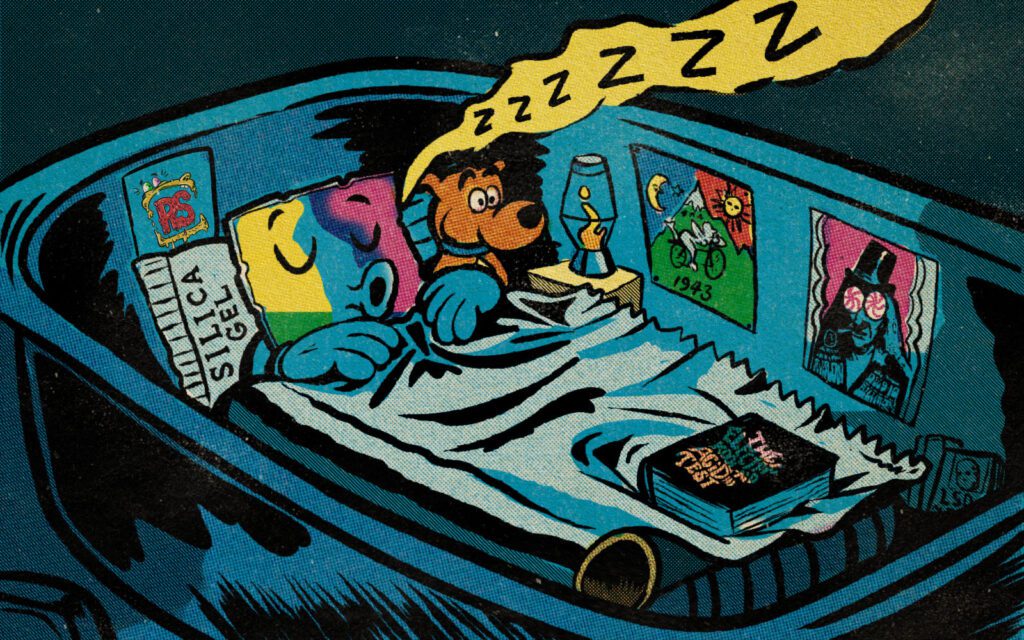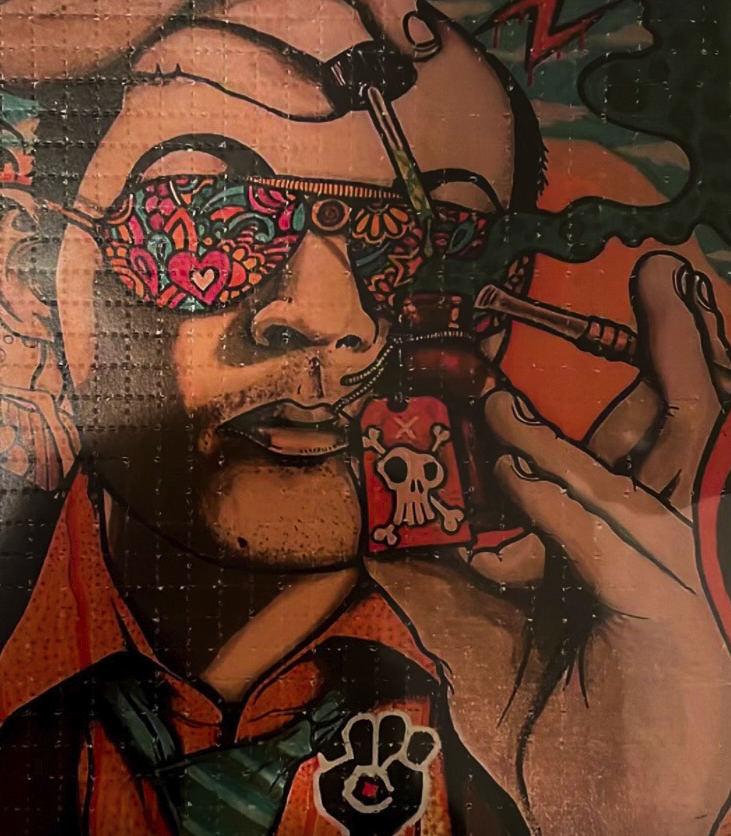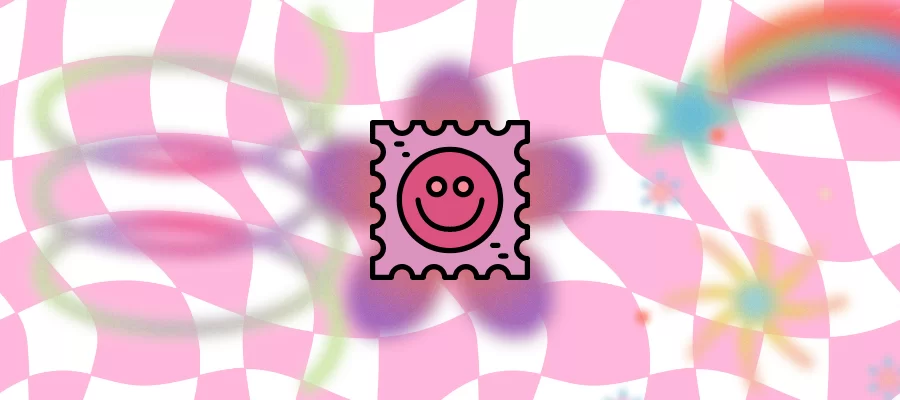
In both synthesis and in storage, LSD, or lysergic acid diethylamide, is known to be a very sensitive compound. LSD is derived from ergot, a fungus that grows in grains of rye. Like other ergot alkaloids, LSD is susceptible to degradation under a handful of environmental conditions. By understanding how to store LSD and minimizing the impact of these conditions, you can significantly extend the shelf life of LSD.
Why Proper LSD Storage Matters
As Dr. Albert Hofmann, Swiss chemist and discoverer of LSD, states in his autobiography LSD: My Problem Child:
“LSD is very sensitive to air and light. It is oxidatively destroyed by the oxygen in the air and is transformed into an inactive substance under the influence of light. This must be taken into account during the synthesis and especially during the production of stable, storable forms of LSD.” –Albert Hofmann
In particular, fluorescent light and direct UV light from the sun will rapidly degrade LSD, catalyzing the formation of an inactive compound known as lumi-LSD. In addition to oxygen and light, LSD is sensitive to four other factors: heat, moisture, pH and chlorine. Heat and moisture hasten the degradation of LSD by accelerating chemical reactions that break down the molecule (such as oxidation with air or hydrolysis with water).
Under highly acidic or alkaline conditions, LSD will epimerize to iso-lysergic acid diethylamide, which is biologically inactive. Chlorine is one of the most degrading factors — destroying LSD on contact even at the tiny concentrations found in tap water. For this reason, LSD should never be dissolved in tap water.

How to Store LSD: Best Practices
Storage conditions play a vital role in the case of storing acid. We will break down proper storing into short-term and long-term storage, but for now, let’s cover the basics. Here are a few tips on how to store LSD so that it stays fresh and potent for as long as possible.
LSD Potency: How Long Does It Stay Potent?
LSD is a powerful and potent psychedelic drug that can produce strong visual and auditory hallucinations. Also known as lysergic acid diethylamide, LSD is derived from ergot, a fungus that grows on rye and other grains.
LSD is a potent substance, and its effects can last for many hours. However, it is also very sensitive to heat and light. If LSD is stored in an improper environment, it can lose potency within a few weeks. However, if stored properly (in a cool, dark place), LSD can remain potent for 4-6 years or longer. This is why it’s important to learn how to store LSD properly!
Why Is Proper LSD Storage Crucial?
When it comes to storing LSD, proper storage is essential in order to ensure maximum potency. The most important thing to remember is to keep it away from light and heat. Heat can break down the chemical structure of LSD, making it less effective. Light can also degrade LSD, so it’s important to store it in a dark, cool place.
Thumb Rules for Proper LSD Storage
- Dark – Sunlight destroys LSD
- Cold – LSD is stable in cold environments
- Dry – Moisture contributes to LSD degradation
- Airtight – Oxygen breaks down LSD
Best Storage Temperature
Over long periods of time, LSD will slightly degrade at room temperature. But according to a study from 1998 quantifying the impact of storage conditions on LSD, room temperature results in no significant loss in potency when stored on a short-term basis. Indeed, the researchers found that LSD stored at 25°C did not lose any potency after four weeks.
However, when the LSD was incubated at 37°C and 45°C for up to four weeks, they observed a 30% and 40% loss in potency, respectively. Overall, these findings suggest LSD is semi-stable at room temperature, but potency degradation is enhanced considerably with increasing temperature.
LSD should be stored in a cool environment away from any heat sources such as direct sunlight, space heaters, etc. Preferably, storage should be kept at temperatures below 25°C. With all other storage factors controlled, degradation is quite slow at room temperature, so this is well-suited for short-term storage. For long-term storage, LSD can be stored in the freezer or refrigerator to minimize heat-related breakdown.
Best Storage Conditions
The best storage conditions, where potency should remain unaffected for many years, seek to minimize exposure to the main four factors: light, heat, oxygen and moisture.
When storing blotter acid, first wrap the tabs tightly in tin foil. This will aid in partially protecting them from light and moisture. Once wrapped in foil, they should be placed in an air-tight container. Ideally, this container is non-transparent so as not to allow any light to penetrate inside. For instance, a dark-tinted glass or opaque plastic container is ideal.
For humid environments, add food-grade silica packets or a similar drying agent to the container to ensure that the LSD does not have any contact with moisture. Adding a weak organic acid, such as ascorbic acid (vitamin C), can also help prevent degradation. For short-term storage, the container can then be placed in a cool, dry and dark location.
The best storage conditions for liquid LSD, used for volumetric dosing, is similar. Liquid LSD stores best in an amber-glass dropper bottle, placed away in a cool, dark location. Typically, liquid LSD is stored in high-proof alcohol (such as vodka), which is freezable as well for long-term storage.
Long-Term Secure LSD Storage

LSD in blotter form is the most stable for long-term storage. When storing for years, choose a cold, low-humidity environment. Since the freezer checks both of these boxes (chilly and low humidity), this is the natural choice for many psychonauts. An air-tight container with a tight-fitting lid or a vacuum-sealed plastic bag are both good choices for cold storage.
Place the air and light-proof container containing the tin-foil wrapped tabs in the back of the freezer. It will remain potent for years when stored in this manner.
It’s important to note that when removing the container from the freezer, be sure to let it warm to room temperature before opening it. Otherwise, condensation can form and introduce moisture into the tabs, which can degrade them.
Short-Term LSD Storage
Short-term storage is a more casual way of preserving small doses of LSD if it’s planned to be consumed or transported in a matter of weeks or months. If storing tabs, can wrap them in tin foil and simply place the tin foil in a plastic bag. After placing the wrapped tabs in the plastic bag, press as much air out of the bag as possible to minimize oxygen exposure. Store the bag away from direct sunlight, excessive heat and moisture.
Apart from plastic bags, store the tin foil-wrapped tabs in a dry book, pill bottle or film canister. The acid can then be placed in a cool, dark location — in the closet, a medicine cabinet or in the refrigerator. Using these methods, many anecdotal reports from psychonauts mention no significant losses of potency for up to a year or longer.
How Long Does LSD Last in Storage?
Overall, there is no set, definite shelf for LSD. The shelf-life depends on the quality of the original product synthesized and the storage conditions that it is subjected to. When protected from light, heat, moisture and air, LSD can last for years, even indefinitely. This is especially the case when stored in an air-tight container, sealed from light in the freezer.
| Short-Term Storage | Long-Term Storage |
|---|---|
| in the fridge | in the freezer |
| in an air-tight container | in an air-tight, and wrapped container |
How to Store LSD Blotter
Keeping blotter safe and potent is best done wrapped in tinfoil, placed inside an airtight plastic container, and kept in a freezer.
Technically, blotter can degrade at room temperature over time, although anecdotes from people eating acid found from the 60s suggest a freezer may not be necessary.
When taking blotter in a container from a freezer, be aware that condensation can form on the container’s lid.
How to Store Liquid LSD
Liquid is prized for ease of dosing; however, it can evaporate if not in an airtight environment. Any container should be opaque or amber glass to protect from light.
Liquid LSD is often diluted; however, using tap water can destroy LSD because of the chlorine added. Very little chlorine is needed to break up the tiny amount of LSD in a solution. For this reason, only distilled water or high-proof alcohol should be used to dilute.
Stored inside an airtight container in the freezer is ideal for liquid LSD but choosing a vessel that will not break is necessary.




